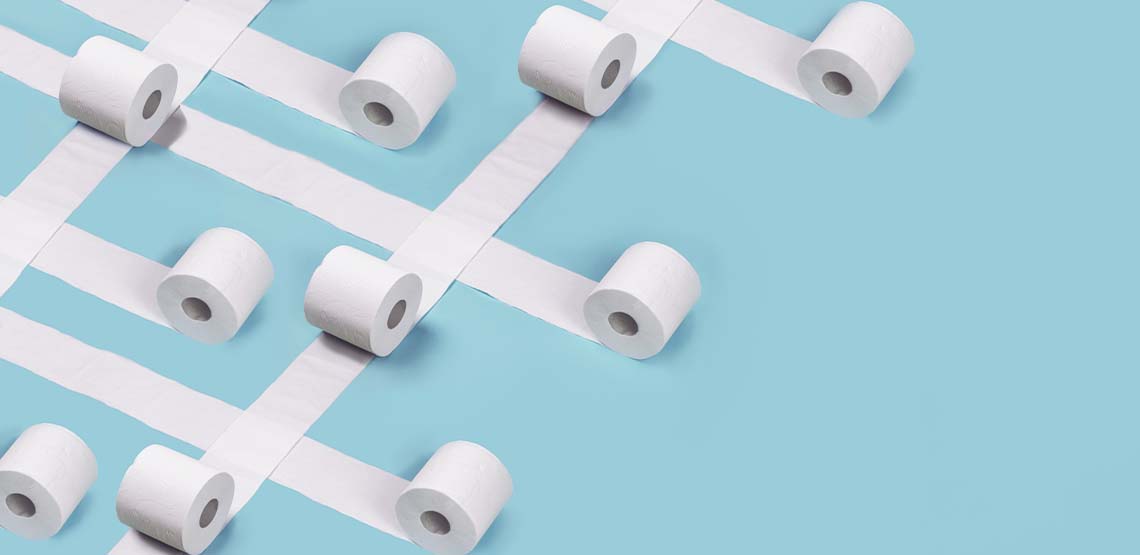The Levels of Sunburn and Their Risks
As temperatures rise, so does our risk of getting the unpleasant and all-too-common side effect of summer – a sunburn. While common and often mild, the seriousness of a sunburn also shouldn’t be underestimated. If you’re commonly getting sunburns, or even on occasion, your risk of developing life-threatening skin cancer increases significantly. So, it’s in all our best interests to take precautions when at the beach, lounging at the pool, or anytime we’re going to be out in the sun.
And even if you think you are safe while in the shade or in cold temperatures, the reality is, a sunburn can occur anytime one is outdoors and exposed to the sun.
What Is a Sunburn, Really?
Just like it sounds, a sunburn is a visible, red burn on our skin from the sun. It usually occurs after some extended period of time spent in the sun, particularly if not wearing sunscreen or taking the proper precautions to stay in the shade. However, a sunburn can occur from as little as 10 minutes spent in the sun.
We’ve all come inside from a day at the pool or beach and noticed our skin turning to a pink shade, or maybe even lobster-red in severe cases. The reason for this is that as skin becomes damaged from the ultraviolet (UV) exposure, the blood vessels under the skin dilate and try to repair the injury. As the sunburn worsens, you may feel like your skin is becoming tight and dry. You may ultimately end up a shade or two more tanned as the skin’s melanin content increases in an effort to guard itself from the sun.
As we’ll learn in the next section, sunburns range in type and severity and can be anything from a slight pink tint to a serious burn accompanied by blisters, peeling and possibly even physical illness. Let's discuss the different levels of sunburn.
Related Search Topics (Ads)
Severity of Sunburns
The type of sunburn you experience has much to do with your individual genetics. In general, those with fairer skin and less melanin tend to burn more easily and more severely when they do. But anyone, regardless of skin color, can burn and sustain cellular damage from their burns.
All levels of sunburn tend to be pink or red and may make the skin feel warm or hot to the touch, as well as tight, sensitive and like it’s being unpleasantly stretched when you move.
Depending on the severity of your burn, you may develop blisters that eventually pop and result in peeling skin.
Health Risks Associated with Sunburns
While all levels of sunburn are unpleasant and painful, the risks don’t fade away as your burn itself does. While your skin color will return to normal in time, the lingering risks of sunburn include developing deadly skin cancer. Types of skin cancer can include basal cell carcinoma, squamous cell carcinoma and melanoma, which is often deadly.
When it comes to the damage caused by a sunburn, severity as well as frequency plays a major role. Thinking you’re ok because your sunburn was mild? A light pink sunburn certainly hurts less than a dark and blistering one, but regardless of the color, or even if you think you’re tanning, cellular damage is still occurring.
Repeatedly getting sunburns increases your risk of developing skin cancer down the road. In fact, having five or more severe burns doubles your chance of developing potentially deadly melanoma.
How to Prevent and Treat a Sunburn
Knowing the risk factors of sunburn goes a long way in helping you prevent your next one. Even one is too much when it comes to a burn! The more you burn, the more damage is done.
The following all increase your risk of getting a sunburn:
- Being out in direct sunlight
- If you’re in a high-altitude, warm or sunny climate
- Taking certain medications that make you more sensitive to sunlight
- Being in the water, which tends to make skin burn worse
- Working for extended amounts of time outdoors
Avoiding being in direct sunlight as much as possible, keeping properly clothed so your skin isn’t exposed, and being extra cautious of the sun if you’re on certain meditations will all go a long way in helping you avoid getting burnt.
Moreover, perhaps the most obvious step to preventing sunburn is using a good quality sunscreen daily, even if it’s cloudy and even if you don’t plan to be outside much – it’s still best to make it a habit. Choose a mineral SPF for your body and face, or you can grab an SPF moisturizer made for your face specifically.
As you’re healing from a sunburn, it’s especially important to treat your body with care in a general sense, including getting plenty of rest and staying hydrated. Both will facilitate the overall healing process and allow your body and skin to get back to its healthy, normal state.
You can read more about how to treat a sunburn in our articles on sunburn prevention and treatment and sun safety.


